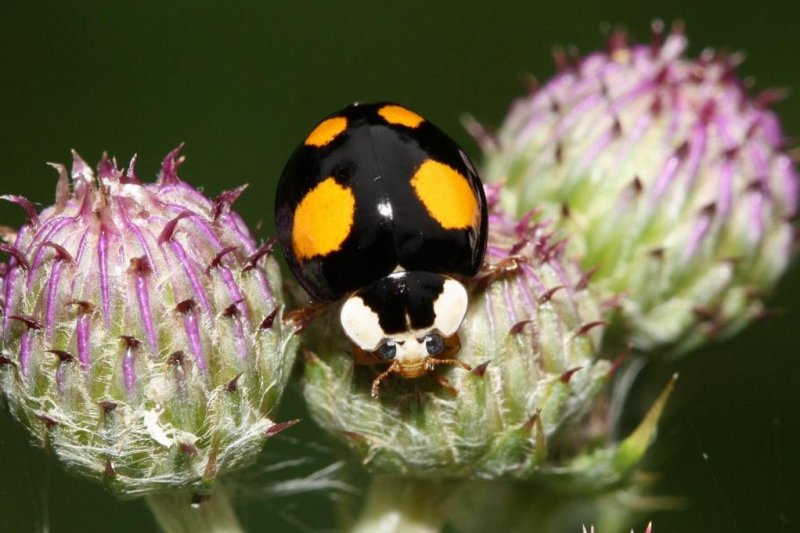LONDON, March 31 (UPI) -- Most farmers and gardeners welcome the arrival of ladybirds -- or ladybugs, as they're known in the United States. But the beetles are actually invasive, and one species, the harlequin ladybird, is taking over fast.
"The rapid spread of this species has inspired biologists to study the process of invasion on a global scale," Helen Roy, a researcher at the the Centre for Ecology and Hydrology in England, said in a news release.















